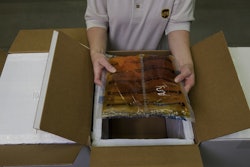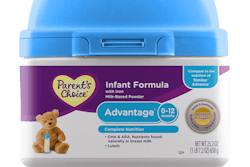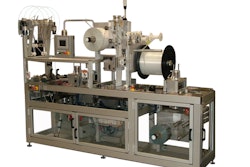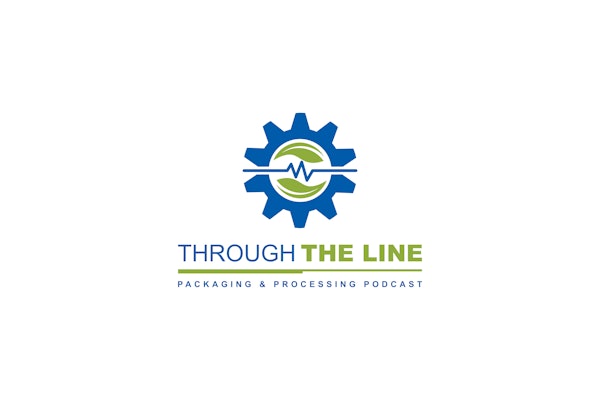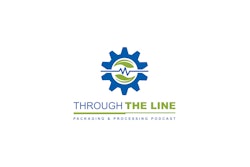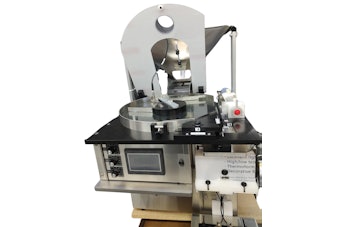By 2016, eight of the top 10 and 27 of the top 50 best-selling global pharmaceutical products will be biotechnology-derived temperature-sensitive products (according to Cold Chain Biopharma Logistics Sourcebook 2012) which means many factors need to be addressed to ensure product integrity.
It’s essential for manufacturers to take steps early to prevent temperature excursions during the supply chain journey. From monitoring temperature stability throughout the different transportation lanes to choosing the right type of external packaging to ensure protection, new technologies and innovations enable more proactivity in protecting temperature-sensitive products. Here are five tips to consider when planning for temperature-sensitive product packaging and distribution:
1. Think outside the package to understand the transportation environment.
Packaging is the first line of defense in protecting temperature-sensitive products, but the key to success is in understanding that packaging decisions go beyond the package itself. Manufacturers need to know exactly how their packaged temperature-sensitive products will perform in a specific transportation environment. Some carriers can provide a detailed temperature profile map of their network, which will help in selecting the best packaging solution by lane. Consider either engaging a third-party logistics provider with extensive background in these areas or hiring an in-house packaging specialist. Also, ensure that you have access to regulatory expertise to stay ahead of complex global and regional compliance requirements.
2. Develop a risk management plan for temperature-sensitive products.
By far the most important aspect of developing a supply chain plan for temperature-sensitive products is ensuring contingency plans are in place. While protective packaging and visibility data are important, manufacturers could lose hundreds to millions of dollars from spoiled products if they are unable to intervene when products deviate from their temperature range. A good risk management plan, created with a third-party expert logistics partner, will leverage historical product-specific temperature data to help map out potential scenarios and step-by-step solutions that can save entire shipments.
3. Limit supply chain handoffs.
In an increasingly geographically diverse marketplace, limiting supply chain handoffs—or the number of times your products change hands from one party to another in the supply chain—can be difficult. It’s also more important than ever. The more handoffs that occur, the higher the likelihood of compromising a temperature-sensitive product. In conjunction with having a holistic view of the supply chain, manufacturers should have a partner who can help them map their products’ entire journey and limit hand-offs.
4. Ensure visibility solutions provide actionable data.
Visibility is especially important with potentially life-saving temperature-sensitive healthcare products. Not only is it vital to have advanced tracking technologies that allow you to monitor a shipment’s location in real time and at any time, but healthcare manufacturers also need to know their products’ temperature conditions at any point during the journey from distribution facility to end customer. This way, if a shipment goes outside of its temperature range and is in danger of spoilage, manufacturers can take action before it’s too late. Specific actions may include re-icing a shipment during transit, redirecting a shipmen,t or alerting customers of potential delays.
5. Create a transportation-specific quality agreement.
Quality agreements are an essential part of distribution planning for temperature-sensitive products. While most manufacturers include inventory storage providers in their quality agreements, it’s important to also develop a transportation-specific quality agreement with your carrier. This agreement should include specifics that impact safety, potency, and purity of the product. Best practices include ensuring the agreement avoids generic language and clearly delineates the responsibilities of each party to ensure accountability. It should also include factors that could impact the compliance status of either party. To ensure everyone is on the same page, it’s vital for the manufacturer to document the specific supply chain requirements for its unique lanes and products including time-in-transit, temperature control method and quantity shipped, as well as ambient temperature requirements, origin, destination, and transshipment point needs.
As the market has grown, so has the breadth and sophistication of solutions for protecting temperature-sensitive products in the supply chain. If you have not recently analyzed your supply chain’s ability to support these products, the time is now.
>> Article written by Justin Bates, director of healthcare strategy for temperature-sensitive products at UPS. He can be reached at [email protected]. Click here for more information on UPS’s broad healthcare logistics capabilities.



